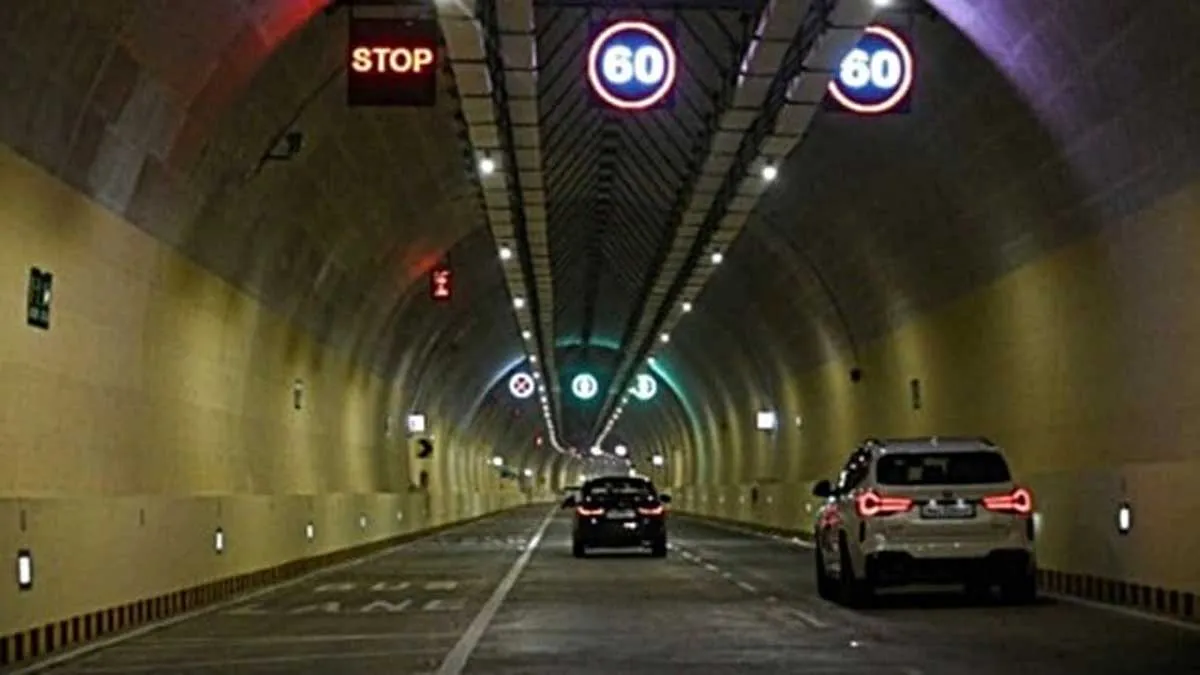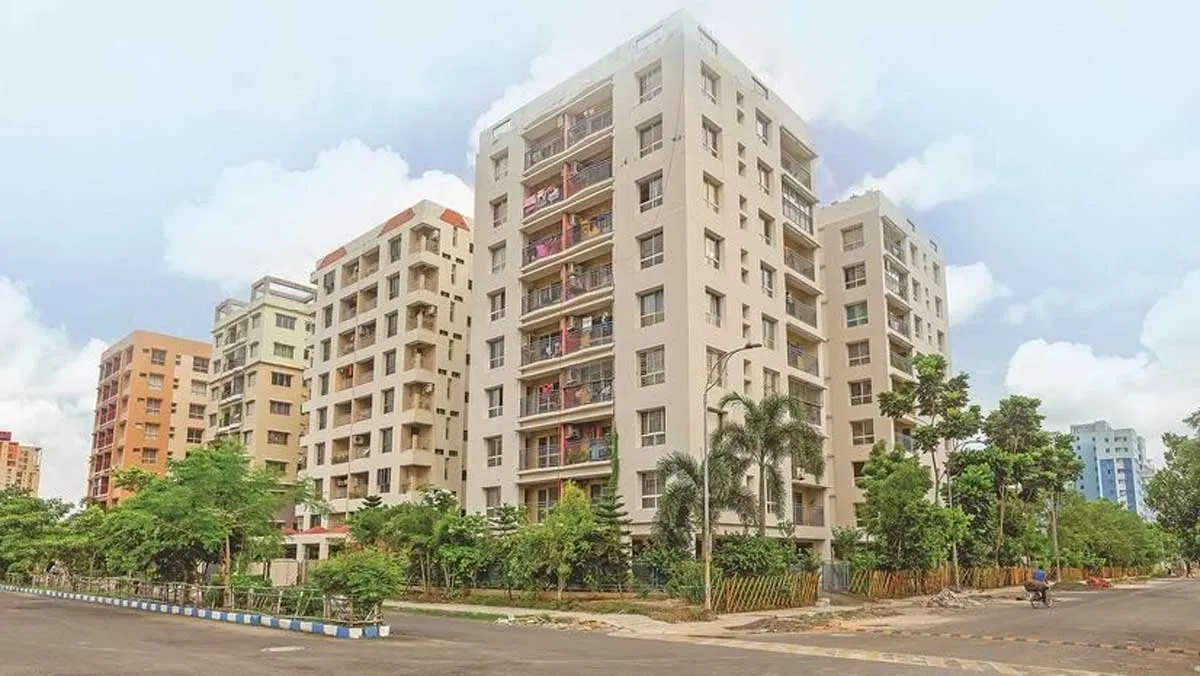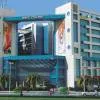Indeed, in the tiles, ceramics and sanitaryware industry, a majority of consumers are shifting from traditional options to contemporary designs with environment-friendly and technologically superior product options. The natural look of marble, stone and wood is being increasingly preferred, aided by high-resolution printing technology.
Traditionally available options in the tiles and ceramics segment were mostly made from clay extracted from local fields. “With rampant housing construction, if we depend on traditional materials, which are nature-based, it would create a huge drain on our natural resources,” says Monica Khosla Bhargava, Founder and Principal Architect, KHAM Consultants. “We need to work with industrial products and we welcome products like tiles, instead of destroying the Earth’s layer for marble and rocks.”
Vineet Verma, MRICS, Executive Director and CEO, Brigade Hospitality, adds, “This also meant sourcing clay from places where it was abundantly available rather than destroying local ecosystems. Hence, the move to more advanced options is a sustainable alternative.” In its projects, the company welcomes nano-coated ceramic products that enhance product quality and longevity.
According to Dinesh Vyas, Senior Vice-President and Head - Marketing, H & R Johnson (India), Division of Prism Johnson, ceramic tiles are much more durable, easy-to-maintain and eco-friendly. “Coming to our recent top three innovative and eco-friendly, exclusive products, the company has introduced India’s only germ-free and stain-free, slimmer and stronger glazed porcelain slabs under out PORSELANO vertical, measuring up to 8 ft × 4 ft,” he tells us. “Another eco-friendly product for wall application is 2 ft × 1 ft, 5-mm slim, germ-free tiles, which not only work for conventional usage but are a better substitute for laminates and veneer used in interior wooden partitions. And the third recent, innovative product is cool-roof tiles from our Endura vertical, with a high solar reflective index, which keeps the roof cool in hot sunny days, thereby reducing the ambient temperature in the room below and reducing the need for air-conditioning.”
Water, too, is a limited resource. “CERA, through its R&D efforts, has been able to offer eco-friendly and water-saving WCs and faucets,” shares Atul Sanghvi, Executive Director, CERA Sanitaryware. “WCs, which flush in 4 litre of water, are an in-house innovation of CERA.” On similar lines, Bhargava suggests, “Airplane-based vacuum toilets need to be introduced in malls; other such inventions need to happen.”
Making choices
Ultimately, it’s all about making the right choice!
For high footfall areas like malls and commercial spaces, Verma says, “We would consider using matte-finished tiles suitable for heavy traffic. Granite or marble are other options. While, for residential spaces, double-charged vitrified tiles and glazed vitrified tiles can be used.”
Lipika Sud, Director, Lipika Sud Interiors, shares that her clients often have particular demands, such as handmade work, which is considered chic and more desirable than technologically advanced or cost-friendly products. However, hotels and the corporate sector prefer technologically advanced products over handmade ones in this sector.
That said, choices aside, the market in India is extremely cost-conscious when it comes to tiles, ceramics and sanitaryware, especially with projects such as commercial, hospital, hotels, etc, as the feasibility of the project is highly dependent on the cost of materials.
Bhargava urges for the maintenance of balance between quality and cost along with service backup. “In all these projects, if the service backup is low, whatever the cost or quality, that particular material cannot be considered, as service is an important part of the industry,” she reasons.
Verma adds, “The need for competitively priced products for the affordable home segment is finding more traction in the past year and we hope to see more pricing options in months to come."
Sud sums it up, saying, “There is a lot of choice available—the greater the choice, the more the availability, cost-effectiveness, and competition.” She believes competition makes products more technologically and economically viable, which leads to further research. A win-win for all!
DIKSHA JAWLE



















